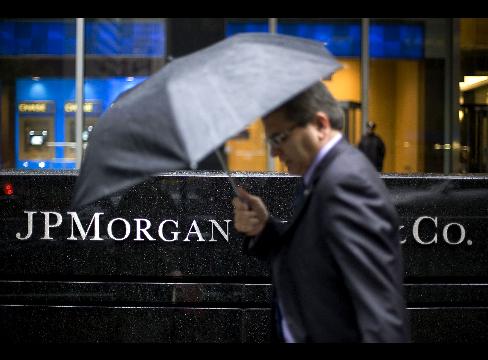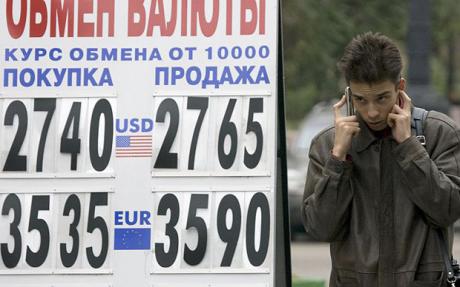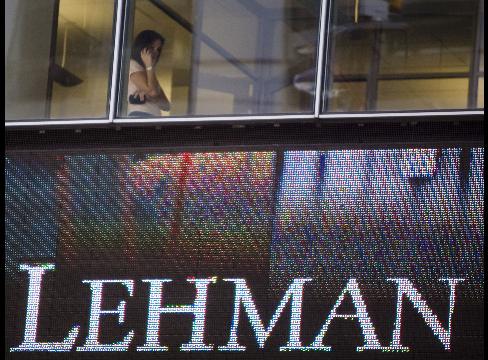
Oct. 27 (Bloomberg) — Joseph Ambrosini says the deal looked so easy. JPMorgan Chase & Co. bankers told him there was really no risk. All he had to do was sign a public financing contract, and the bank would give $280,000 to his school district in New Castle, Pennsylvania.
“They basically said, unless the world goes under the sea, we’d be in good shape,” says Ambrosini, the district’s business manager.
In September, Ambrosini says, his 3,400-student district went underwater. On Sept. 25, the week after Lehman Brothers Holdings Inc. collapsed, the New Castle Area School District’s interest rate on $9.7 million of financing arranged by JPMorgan hit 10.6 percent, more than doubling since the month began, as investors demanded skyrocketing returns for municipal debt.
While JPMorgan has been relatively unscathed by the subprime crisis that hit Bear Stearns Cos., Merrill Lynch & Co., Lehman and other Wall Street firms, a little-known part of the largest bank in the U.S. made a tidy profit peddling a different kind of corrosive debt to hundreds of counties and school districts earlier this decade.
As the credit crunch froze lending globally, causing stock markets to plunge, local officials who say they trusted JPMorgan faced a crisis of their own. Wall Street’s drive for profits over the past decade has backfired on towns, cities and counties that borrow in the $2.7 trillion municipal bond market.
Financings arranged by JPMorgan and other banks are forcing hundreds of public agencies to spend billions of dollars they don’t have to pay for increased interest payments and penalties.
No Bailouts
These come in municipal bond and derivative deals that have turned poisonous. Unlike JPMorgan, which has benefited from federal bailouts, the towns and schools the bank has financed have received no help from Washington.
Read moreFBI Probe of JPMorgan Fees Focuses on Swaps Roiling Muni Debt



